#medieval myths
Explore tagged Tumblr posts
Text
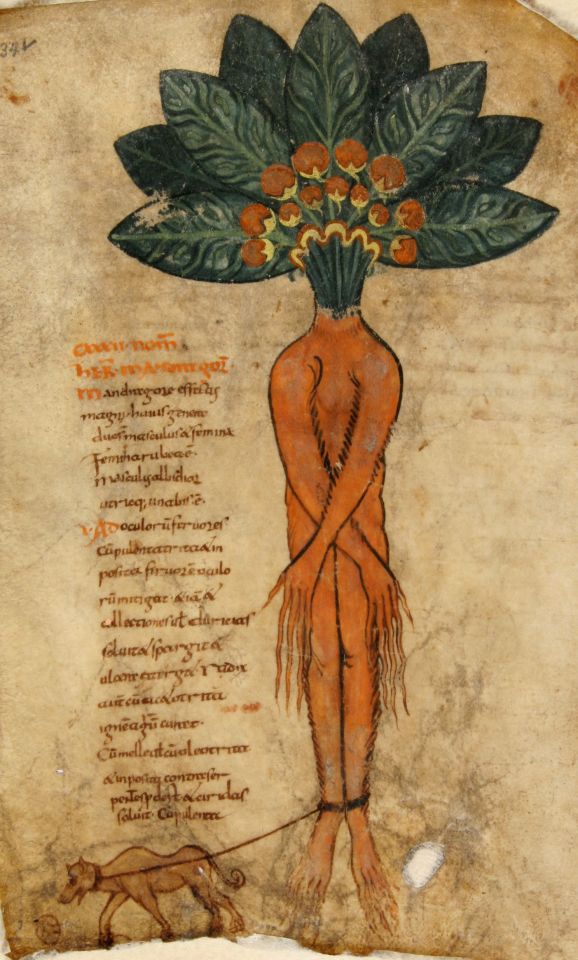
an anthropomorphic mandrake being dug up with the help of a dog tied to its feet/roots
in "pseudo-antonius musa: de herba betonica", latin manuscript, late 9th century
source: Kassel, UB, 2° Ms. phys. et hist. nat. 10, fol. 34v
#this is a very typical depiction of the mandrake#mandrake#mandrake root#alraune#9th century#medieval#medieval art#medieval myths#herbarium#dog#plant#illuminated manuscript
770 notes
·
View notes
Text
Have y’all heard of the tale of Erec and Enide by Chretien de Troyes? I came across it in the book Legends of Chivalry: Medieval Myths.
Very very basic recap: Erec wants to fight a big knight he saw so he follows him and stays with a poor old man who has a daughter. She’s the most beautiful woman he’s ever seen (obviously). Erec has to fight the big knight so he can marry her. He does and wins and marries her (nice).
But the last paragraph about this story is making me giggle so much:
“But such was Erec’s love that he lost interest in all other things, even forsaking the acts of chivalry for which he was famed. He no longer went in search of adventure or even fought in tournaments. Most days, in fact, the couple did not leave their bed until noon. Erec’s reputation was soon in tatters and people began to mock the once-proud knight behind his back, spreading rumors that he had become nothing more than a coward.”
Bro fucked off to become a wife guy. And then everyone talked shit about him. That’s so fucking funny to me I love it so much.
#honestly those are goals#my knight falls in love with me and we marry and then don’t leave our bed until noon#it’s so sweet honestly#I love it#erec and enide#chretien de troyes#knights#knightcore#medieval myths
8 notes
·
View notes
Video
youtube
I love this guy, and everything he says is true! Please watch this (and also take a look at his other videos, they are fun and educational and he is living the life i want to have)
#medieval#medieval europe#medieval myths#medievalcore#personal#his food videos are great also#knightcore#literally he is a knight
138 notes
·
View notes
Text

Goblin
#goblincore#goblin aesthetic#mythical creatures#supernatural creatures#mythology and folklore#medieval manuscripts#medieval myths
9 notes
·
View notes
Text
youtube
The Legend You Didn't Know: EXCALIBUR and the SWORD in the Stone Explained
Did you know that Excalibur and the sword in the stone are not the same weapon? Dive into the fascinating Arthurian legends to discover the true story behind King Arthur's two swords. Learn how Arthur came to possess Excalibur, the magical sword given to him by the Lady of the Lake, and why the sword in the stone was not the legendary Excalibur. Uncover the hidden details of these iconic weapons and explore their significance in Arthurian lore. Subscribe for more intriguing tales from mythology and history!
#Arthurian legend#Arthurian tales#Excalibur#King Arthur#Lady of the Lake#Legendary swords#Magical scabbard#Medieval myths#Mythology#Pellinore#Robert de Boron#Sword in the stone#Sword legend#videos#youtube#folklore#atrumvox#Youtube
1 note
·
View note
Text

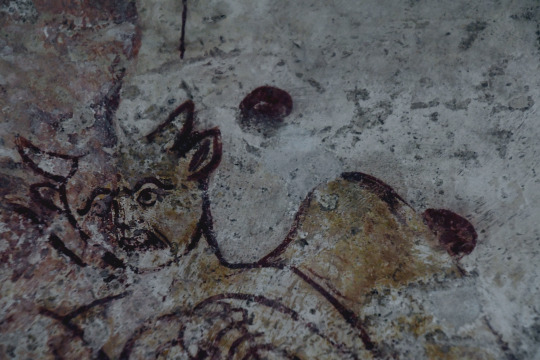
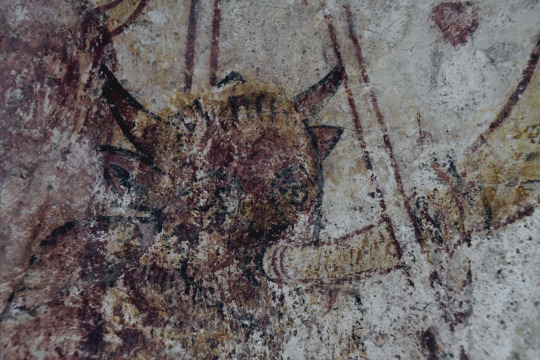
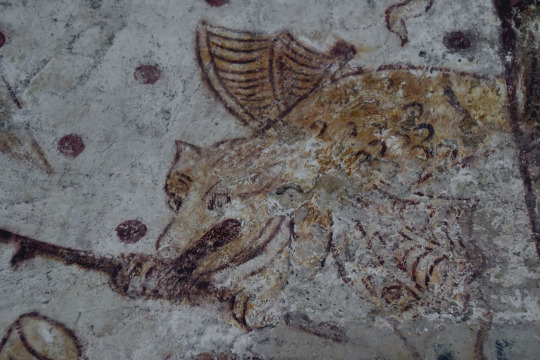
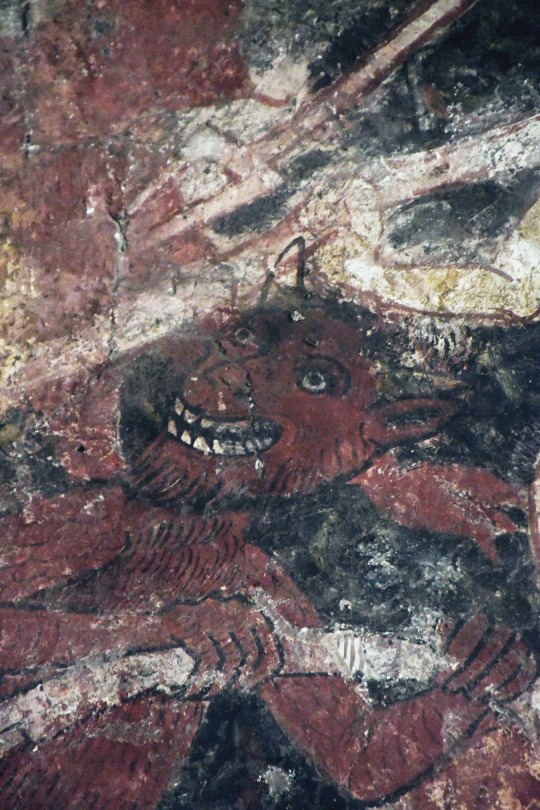

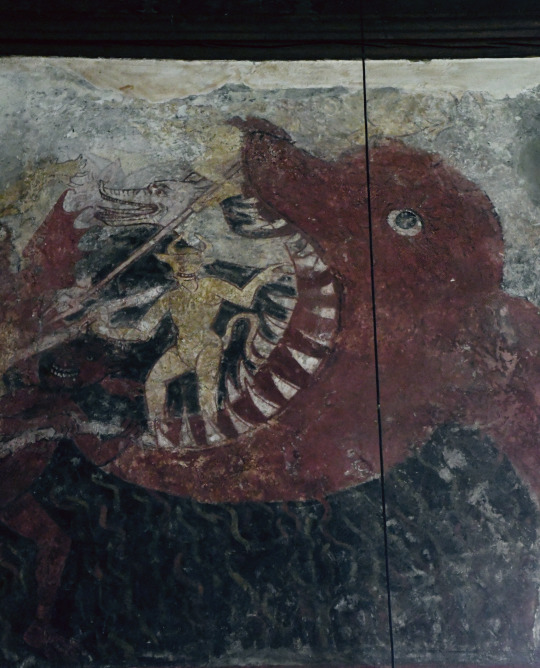
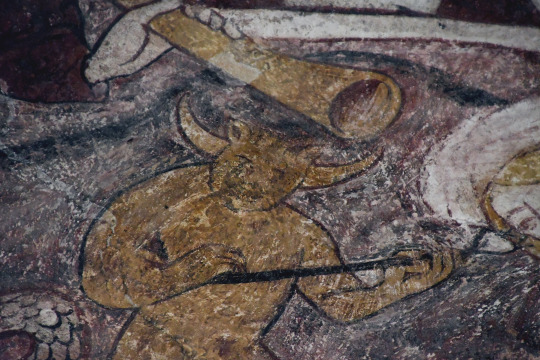
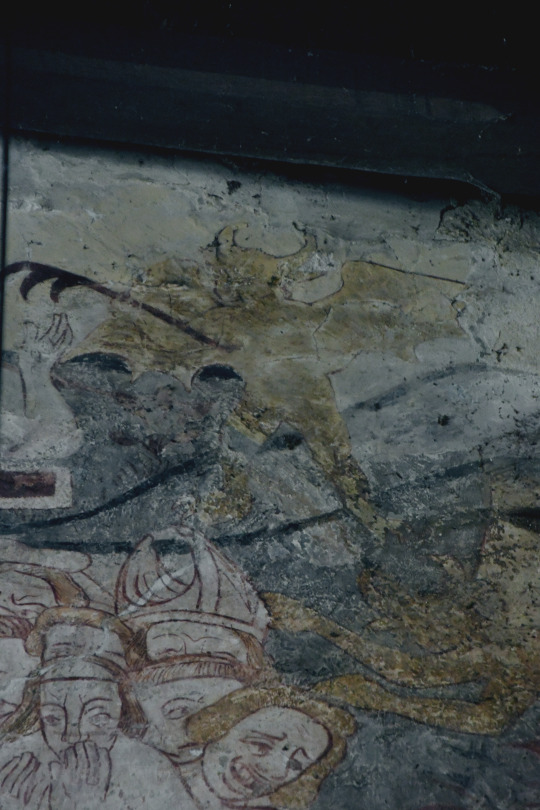
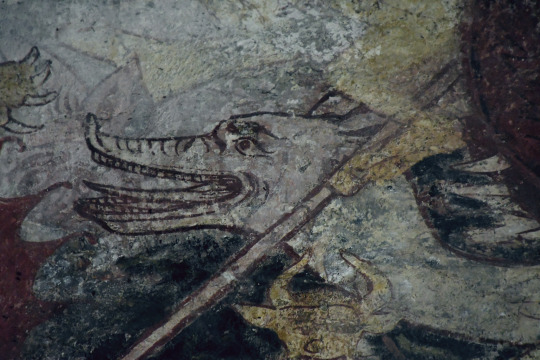

Devils and the Mouth of Hell details from South Leigh doom painting 15th C- South Leigh, UK
#occult#gothic#folklore#memento mori#goth#folk horror#skull#dead#wall art#painting#doom painting#fresco#medieval art#art history#medieval#devil#demon#satan#monster#hell#hell mouth#mouth of hell#horror#myth#legend#creepy#macabre#goth aesthetic#goth vibes#goth goth
2K notes
·
View notes
Text

underworld ouppy :)
commissions are open! saving for top surgery
#cerberus#greek mythology#greek myth art#hades#persephone#medieval#medieval art#artists on tumblr#commissions open#illustration#csp art#greek gods#ancient greek#dog#dog art#trans artist
792 notes
·
View notes
Text

The manticore is an example of a human/animal hybrid from medieval bestiaries (Credit: Science Photo Library)
#manticore#human animal hybrid#man eater#medieval bestiary#medieval beasts#medieval art#illustration#vintage#art#arte#history#mythology#mythical creatures#myths#mythology and folklore#mythological art#mythological creature#mythological
153 notes
·
View notes
Text

#hermes worship#hermes#mercury#hermes god#ancient greek god#greek god#coin#greek myth#greek myth art#ancient greek mythology#greek mythology#ancient greek coin#roman coin#medieval coin
2K notes
·
View notes
Text
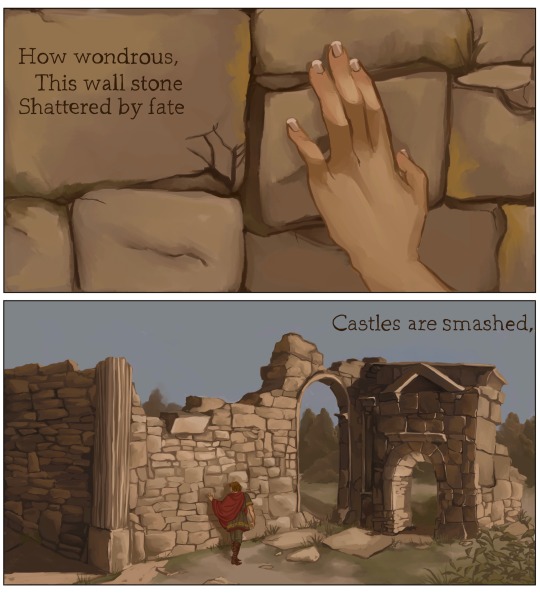



Comic for “The Ruin” a poem written by an unknown author in the 8th or 9th century
How wondrous, this wall stone,
Shattered by fate.
Castles are smashed,
The work of giants, crumbled.
Ruined are the roofs,
Tumbled the towers.
Broken the barred gates.
Frost in the plaster,
Ceilings a-gaping.
Torn away, fallen,
Eaten by age.
#the ruin#history#poetry illustration#roman ruins#historical illustration#digital art#digital painting#artists on tumblr#art#my art#Roman#myth#dark ages#medieval
2K notes
·
View notes
Text

"Ah, look at all the lonely people."
Pulled something real quick for this game, it's eating my brain
#firevenus art#afk merlin#magister merlin#afk journey#afk journey fanart#It's more to a doodle cuz I need to let this idea out#you're born out of the magic itself#< 10 point if you get the ref#God my fate to love this myth of a man from bbc to fantasy medieval rpg game dammit..
193 notes
·
View notes
Text
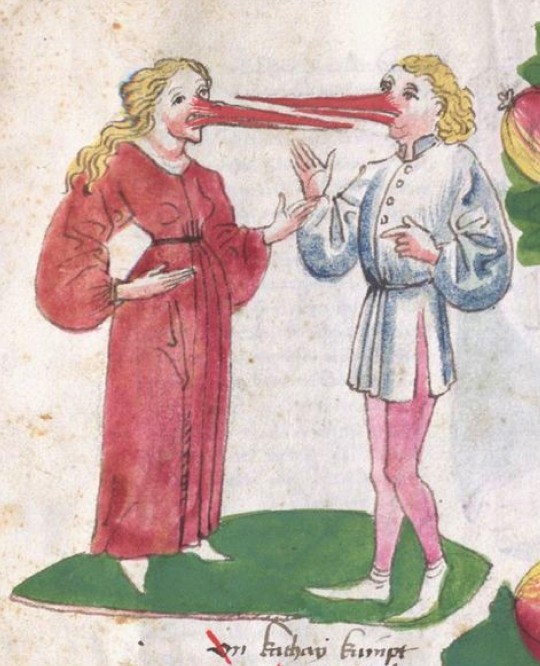
people with beaks
in "the travels of sir john mandeville", translated into german by otto von diemeringen, ca. 1470
source: Stuttgart, Landesbibliothek, Cod. theol. et phil. 2° 195, fol. 175v
#theyre supposedly living in libya if i understand it correctly#john mandeville#medieval myths#otto von diemeringen#medieval art#illumination#illuminated manuscript#medieval creatures#medievalism#bird people
21 notes
·
View notes
Text

#hi thinking about how the structure of most of the myths about loki is#'loki fucks around and finds out in the most unnecessarily disproportionate way possible'#and the way I talk about them half the time is basically the medieval nordic equivalent of writing long emotional thinkpieces about fuckin.#tom from tom and jerry
114 notes
·
View notes
Text
The missing Arthurian knight - rediscovered in 2019
Well the title is a slight lie - the missing knight wasn't rediscovered in 2019, it was earlier than that, but he didn't became public until 2019.
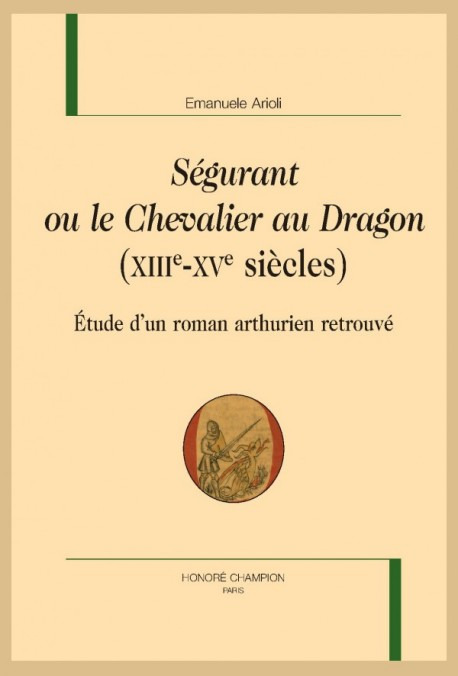
So what's this "missing knight" about? Well as the title says. There was a knight part of the Arthurian myth, and he had been missing ever since the Middle-Ages, and he was only recently rediscovered.
Or rather, to be exact - there was an Arthurian novel centered around a knight that existed and was a famous and well-known part of the Arthurian literature in the Middle-Ages, but that completely disappeared, and was forgotten by culture (as much popular culture as the scholarly one). Until very recently.
This rediscovered novel has been a hot topic of all Arthuriana fans in Europe for a few years now - and yet I do not see much talk about this onto this website, despite Tumblr being a big place for Arthurian fans?
So I will correct this by doing a series of posts about the subject. And this post will be the first one, the introduction post presenting to you "Ségurant, le chevalier au dragon" ; "Segurant, the knight of the dragon". A French medieval novel part of the Arthurian literature (hence the "chevalier au X" title structure - like Lancelot, the knight of the cart or Yvain the knight of the lion from Chrétien de Troyes), the reason this story was forgotten by all medievalist and literary scholars is - long story short - because it never existed in any full manuscript (at least none that survived to this day). It was a complete story yes, with even variations apparently, but that was cut into pieces and fragments inserted into various other manuscripts and texts (most notably various "Merlin's Prophecies").
The novel and the Knight of the Dragon were rediscovered through the work of Emanuele Arioli, who rediscovered a fragment of the story while looking at an old manuscript of a Merlin Prophecies, and then went on the hunt for the other fragments and pieces scattered around Europe, until he finally could compile the full story, that he then published in 2019, at the Belles Lettres publishing house, in 2019.
Arioli reconstructed the text, and translated it in both modern French and Italian for scholarly and professional editions (aka Honoré Champion in France, a reference for universities)...

... But also for a more "all public, found in all libraries" edition - the famous 2019 edition at Les Belles Lettres.
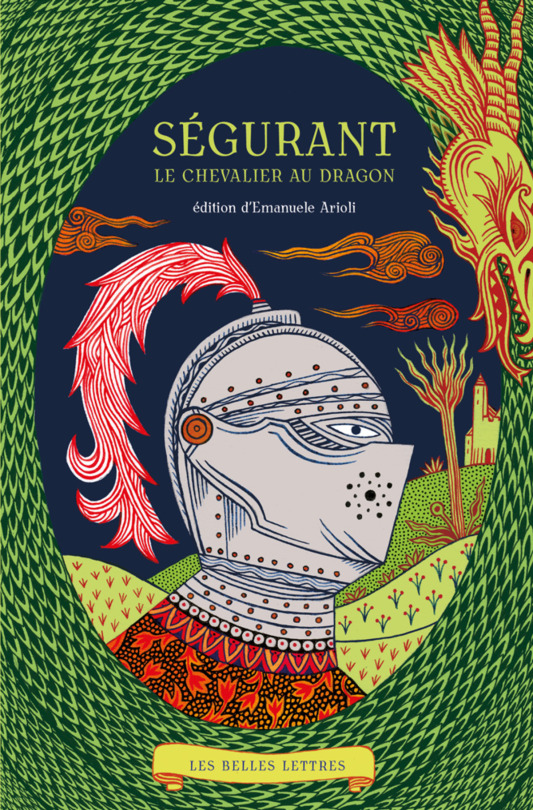
And not only that, but he also participated to both a comic book adaptation with Emiliano Tanzillo...
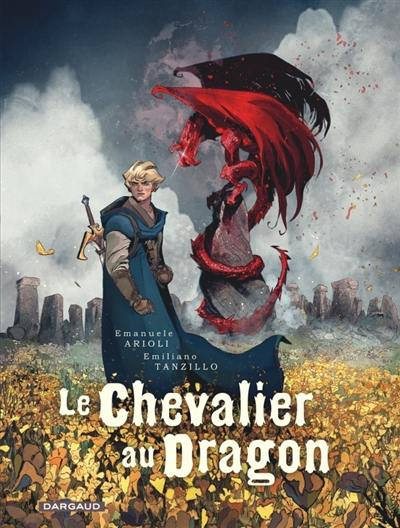
... and an adaptation as an illustrated children novel!

Finally, just a few weeks, the Franco-German channel Arte released a documentary about the reconstitution and content of this missing novel called "Le Chevalier au dragon: Le roman disparu de la Table Ronde". (The Knight of the Dragon - The missing novel of the Round Table). The full documentary is on Youtube in French for those that speak the language, here. And in German here for those who speak German.
Unfortunately there is no English version of the documentary that I know of, nor any English publications of the actual text - just French and Italian. But hey, I'll try to palliate to that by doing some English-speaking posts about this whole business!
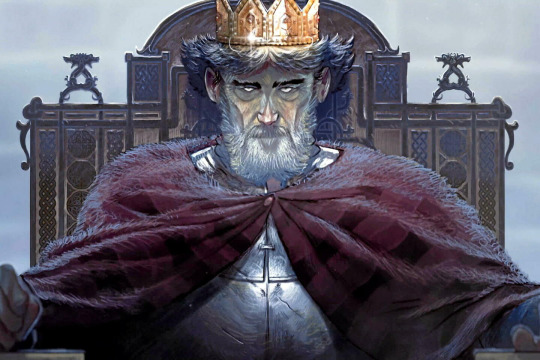
#ségurant#segurant#the knight of the dragon#le chevalier au dragon#arthuriana#arthurian myth#arthurian literature#arthurian novel#discoveries#medieval literature#arthurian legend#arthurian knights#found media#lost media#that people didn't even know was lost
337 notes
·
View notes
Text
We still see a lot of Dionysus, especially in Egypt, long after the emperor Theodosius had made Christianity the official state religion of Rome in 380. In the 400s, 500s, and 600s, Egyptians were still producing textiles like this, which shows Dionysus, holding a bunch of grapes aloft, with a satyr and maenads (his female revelers):
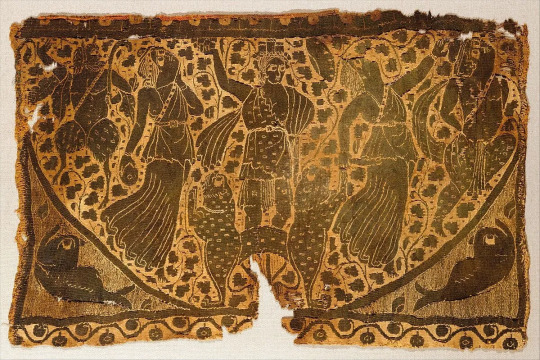
Here’s another, showing the god’s worshippers frolicking:
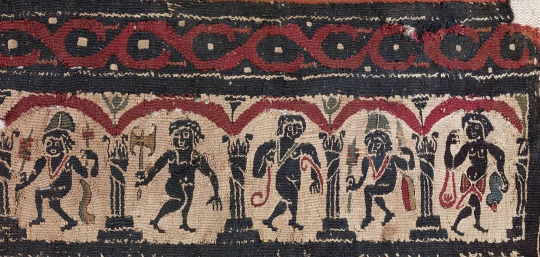
This one shows figures from the Dionysian myths — his tutor, Silenius, Pan, and some of his female worshipers:
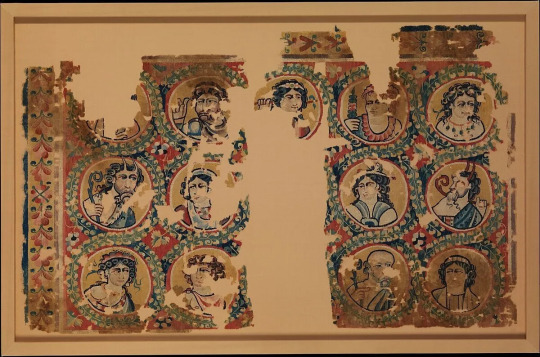
{WHF} {Ko-Fi} {Medium}
401 notes
·
View notes
